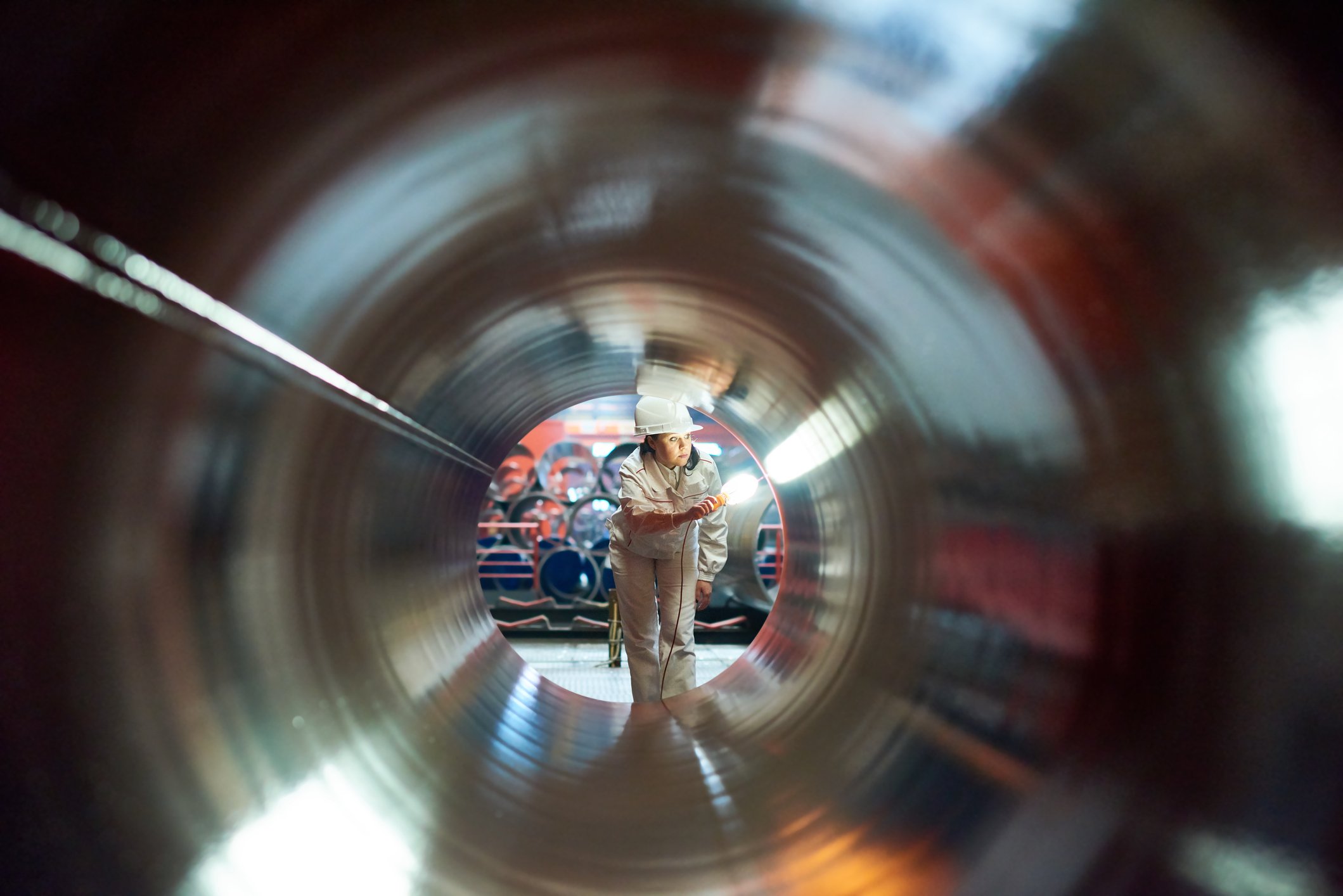Energy Transfer (ET +0.18%) thought it had a solution to the Permian Basin's oil pipeline problem when it partnered with several other energy companies to develop the Permian Gulf Coast pipeline. That project, however, quickly took a backseat to the Wink to Webster pipeline, developed by ExxonMobil (XOM 0.17%) and its partners. While Energy Transfer considered combining its project with that one, it ultimately opted not to participate in either option.
Instead, the company is looking to expand its existing oil infrastructure in the Permian Basin. Energy Transfer's management team discussed why it chose this direction, as well as what might be next, during the company's recent first-quarter conference call.

Image source: Getty Images.
Going in a different direction
CFO Tom Long ran through Energy Transfer's current slate of expansion projects on the call. He stated: "Looking at the crude projects in the Permian, we are no longer pursuing the Permian Gulf Coast pipeline, as it was initially announced. However, we will continue to evaluate participation in other projects and we continue to do everything we can to maximize the capacity on all of our Permian crude pipelines, as demand remains very strong."
Energy Transfer and its partners decided to abandon their proposed Permian Gulf Coast pipeline because they couldn't secure enough shippers for capacity on the system to justify the investment. That initially led the partners to see if they could combine the project with Wink to Webster. However, Energy Transfer has opted not to go that route or join that project as a partner.
Instead, Energy Transfer will initially focus on expanding its existing Permian Express system, which it operates as part of a joint venture with ExxonMobil. The company's first three pipelines are already at full capacity, which is leading it to expand its fourth pipeline by 120,000 barrels per day. That project should start service by the third quarter and provide an immediate boost to cash flow since the company has already secured customers for the additional capacity.
Continuing to look for the right opportunities
Chief Commercial Officer Marshall McCrea spoke a bit more about the company's plans in the Permian during the Q&A portion of the call. He stated:
What we're pursuing is what's best for our unitholders and for our customers. And right now, we're focused on the existing capacity we have. We're looking at expanding that capacity on our existing system by looping or adding horsepower. But in addition to that, we stay in dialogue with other companies where it might make sense to partner and to move barrels from the fastest-growing area in the world probably.
The reason Energy Transfer would rather expand its existing pipeline system is that those investments not only generate a higher return but can start transporting incremental oil volumes much quicker than a new pipeline would. That makes them a win-win for both investors and customers.
However, the company will consider becoming a partner on another oil pipeline project in the future if that makes sense. Energy Transfer would love to move more barrels to its Nederland hub in Texas, which was one of the destinations of its proposed Permian Gulf Coast project. McCrea said that it's "such an incredible asset as it's probably one of the bigger hubs around" given all the pipes flowing into the area. Not only does it have excellent connectivity to all the refineries and markets along the Gulf coast, but it can export oil and other products to global markets. That's why McCrea said Energy Transfer "will continue to look at every opportunity and every way we can to move more volumes out of the Permian Basin to our assets along the Gulf Coast."
Putting returns ahead of growth
Energy Transfer tried to push forward with a new Permian Basin oil pipeline but ultimately walked away because it wasn't satisfied with the return on investment. Instead, the company is moving ahead with at least one smaller, but higher-return, expansion of an existing system. This decision shows the company's discipline by not chasing growth at the expense of returns. Meanwhile, it still plans to keep its eye out for other opportunities to participate in a project that would not only move more barrels to the Gulf Coast -- especially toward its Nederland hub -- but deliver an appealing return on its investment.







